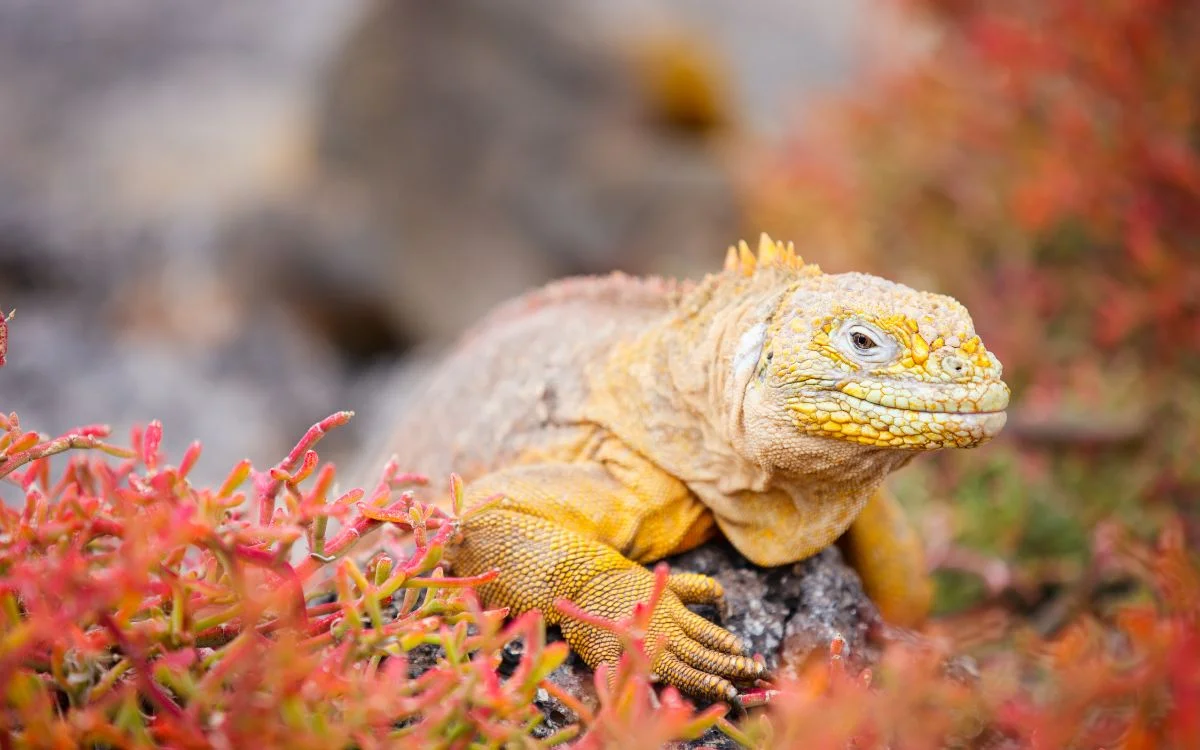
Giant Reptiles of the Galápagos and Beyond: Top 10 Largest Lizards in the World | Travel News
Dinosaurs may have disappeared millions of years ago, but their distant reptilian relatives are still thriving in fascinating ways. Some lizard species have grown into true giants, showing incredible strength, adaptability, intelligence, and survival skills. From the mighty Komodo dragons of Indonesia to Australia’s fast perentie monitors and the Galápagos marine iguanas, these reptiles can reach lengths of over 10 feet and weigh as much as a full-grown human. Their size, unique hunting methods, and vital roles in the ecosystem make them living reminders of Earth’s prehistoric past.
1. Komodo Dragon (Varanus komodoensis)

At the very top is the legendary Komodo dragon, the largest lizard alive today. These giants can grow over 10 feet long and weigh up to 365 pounds. They are apex predators, hunting deer, pigs, and even cattle. Their venom prevents blood from clotting, and deadly bacteria in their mouths make their bites extremely dangerous. Native to Indonesia’s Lesser Sunda Islands, Komodo dragons are classified as Endangered due to habitat loss, poaching, and climate change.
2. Marine Iguana (Amblyrhynchus cristatus)

Found only in the Galápagos Islands, marine iguanas are unique for being the only lizards that forage in the sea. Most grow to around 5 feet, although some males on Fernandina Island can reach 5.6 feet and 26 pounds. They mainly feed on marine algae and spend a lot of time basking on volcanic rocks to regulate their body temperature.
3. Galápagos Land Iguana (Conolophus subcristatus)

Another giant from the Galápagos, the land iguana is easy to spot with its bright yellow-orange skin. Herbivorous, they grow up to 5 feet long and weigh over 25 pounds. They mostly eat cactus pads, fruits, and leaves but may occasionally consume small animals. Classified as Vulnerable, these iguanas can live up to 70 years in the wild.
4. Blue Iguana (Cyclura lewisi)

Native to Grand Cayman, the blue iguana is endangered and known for its striking blue coloration. They reach up to 5 feet in length and 30 pounds in weight. Unlike marine iguanas, they are strictly land-dwellers, preferring sunny, rocky areas. Herbivorous, they play a crucial role in spreading seeds and pollinating plants. Some individuals in captivity have lived nearly 70 years.
5. Lace Monitor (Varanus varius)

Australia’s second-largest lizard, the lace monitor, grows between 4.5 and 6.5 feet and is an excellent climber. Carnivorous, it feeds on mammals, insects, reptiles, and carrion, sometimes scavenging near human settlements. Its sharp teeth and bacteria-laden bite make it a highly effective predator.
6. Black-Throat Monitor (Varanus albigularis microstictus)

This African giant can reach 7 feet and weigh up to 60 pounds. With dark grey-brown scales and a head reminiscent of dinosaurs, it’s an impressive predator, feeding on rodents, birds, and other small animals. Some keep them as pets, but their size and strength require experienced care.
7. Perentie Monitor (Varanus giganteus)

Australia’s largest lizard, the perentie, can grow up to 8 feet long. Despite their size, they are fast runners and skilled climbers. They feed on birds, marsupials, turtle eggs, and carrion. Close relatives of the Komodo dragon, perenties showcase the perfect balance of strength and adaptability in harsh desert environments.
8. Nile Monitor (Varanus niloticus)

The Nile monitor is Africa’s longest lizard, reaching 8 feet in length and 44 pounds. They thrive near rivers, lakes, and swamps, making them excellent swimmers. Their diet is varied, including fish, birds, rodents, and carrion. In Florida, they have become an invasive species, causing disruption to local ecosystems.
9. Crocodile Monitor (Varanus salvadorii)

Found in Papua New Guinea, the crocodile monitor is an arboreal giant, growing over 8 feet, much of which is its whip-like tail. Its elusive nature means little is known about its habits, but it likely preys on mammals, fish, and birds. Its serrated teeth and long tail make it a formidable hunter.
10. Asian Water Monitor (Varanus salvator)

The Asian water monitor is the second-largest lizard in the world, averaging 5–6.5 feet, with some individuals reaching 10.5 feet and over 100 pounds. Found across Southeast Asia near rivers, lakes, and mangroves, they are excellent swimmers and divers. They feed on fish, birds, crustaceans, and carrion, and their adaptability to both land and water makes them one of the most successful reptiles alive today.


